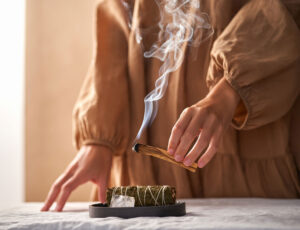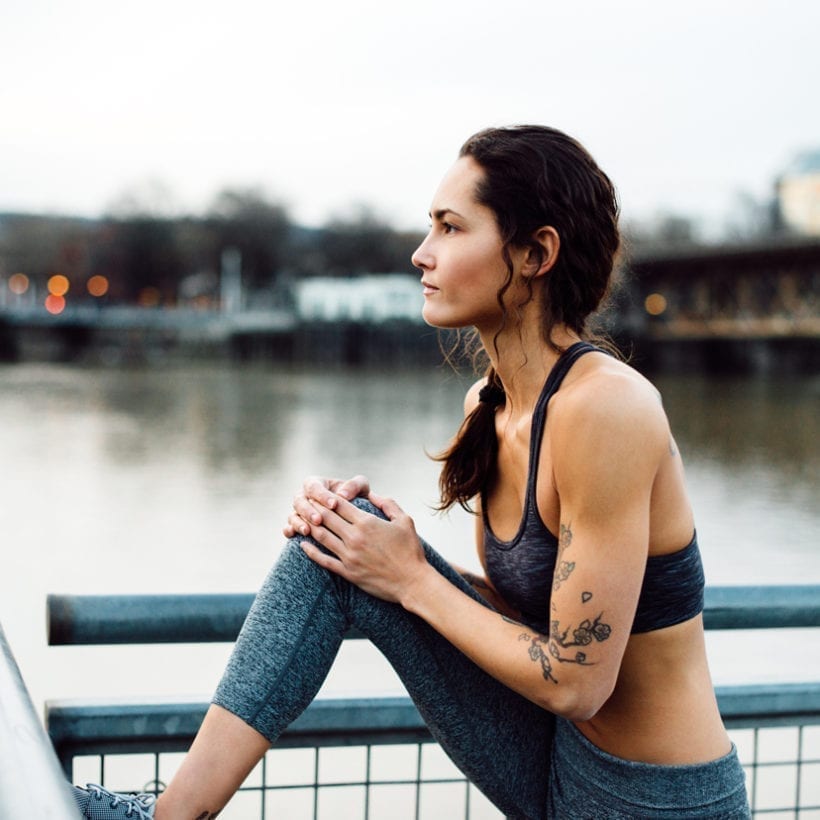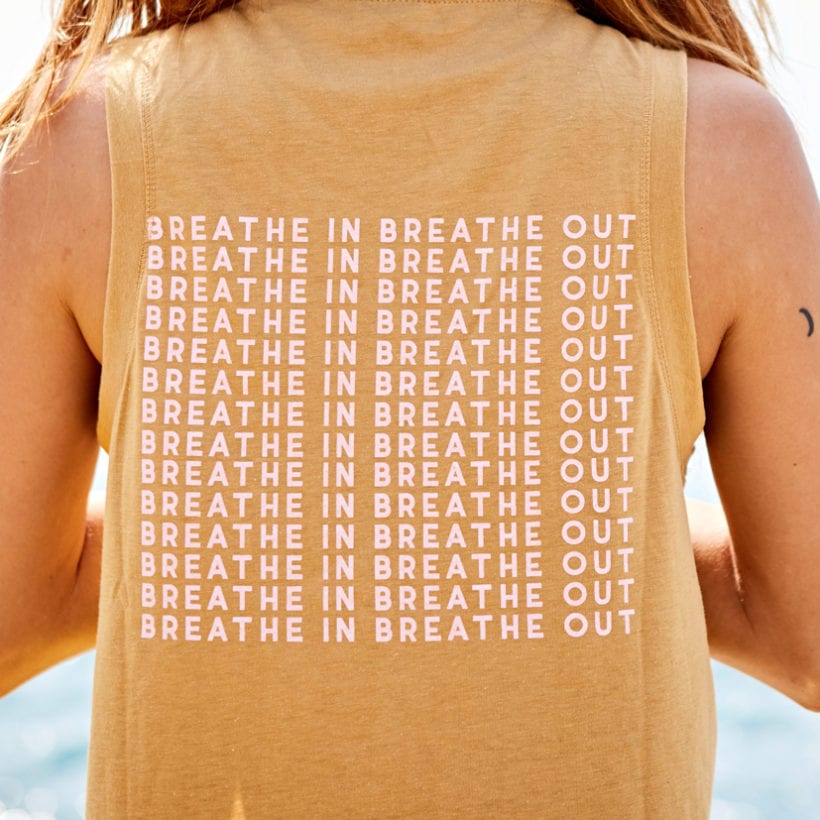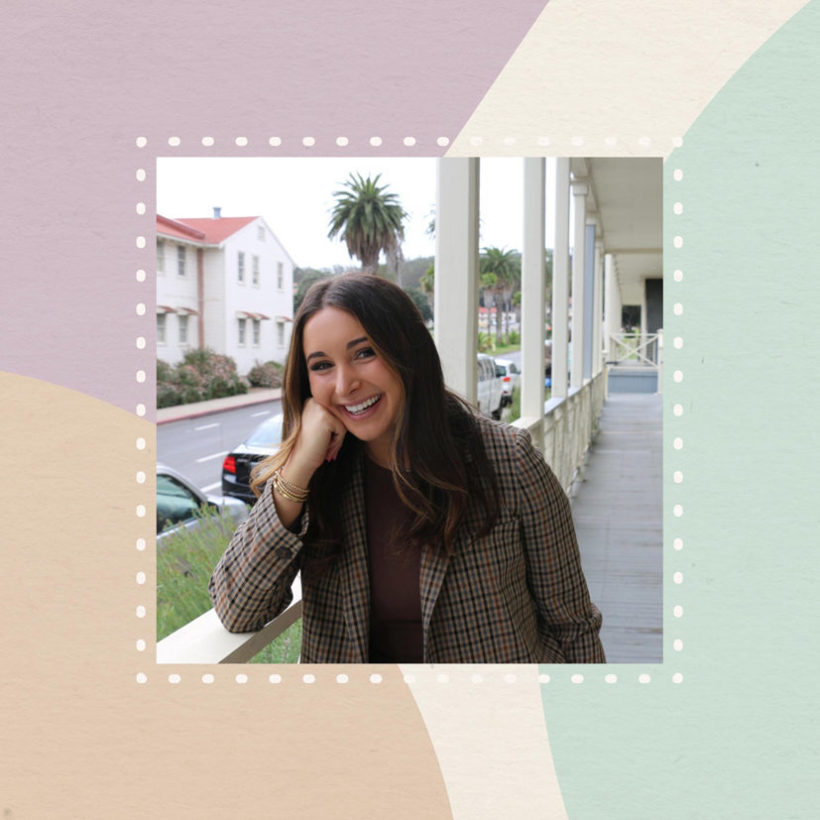The eighth straight week I found myself shooting awake before sunrise with my heart beating out of my chest like a war drum, I knew it was time to reevaluate my life choices. My anxiety had officially become unmanageable. Let me set the scene: It was August 2021, two months after one of the biggest career moments of my life, and all I could do was catastrophize. In June, I published a book called Cultish, and while witnessing your precious book baby leaves the womb of your Google Drive and enters the world is of course a dream come true, it was also an utter assault on the human spirit. I went from spending a year and a half in quarantine, interacting with almost no one, to then all the sudden, bam: interviews, reviews, requests, demands, DMs, and strangers’ opinions pouring in every hour from every direction of the internet. I wasn’t sleeping or eating; both my mood and my blood sugar felt like they were on an upside-down roller coaster from hell. At a point, I started to feel like a hologram, rather than a human person with a body and feelings and limits. I’d flirted with bouts of anxiety in the past, but never like this, and my typical coping strategies (spending time with friends, walks in the neighborhood, talk therapy… which I find is so not the same via Zoom) weren’t working. In fact, I started to feel so discouraged that I essentially gave up on my wellness altogether. All I wanted was to flush my phone down the toilet and vanish into the mountains, like a witch or a feral recluse. I needed wholesale anxiety reset… but had no clue where to go or how to begin.
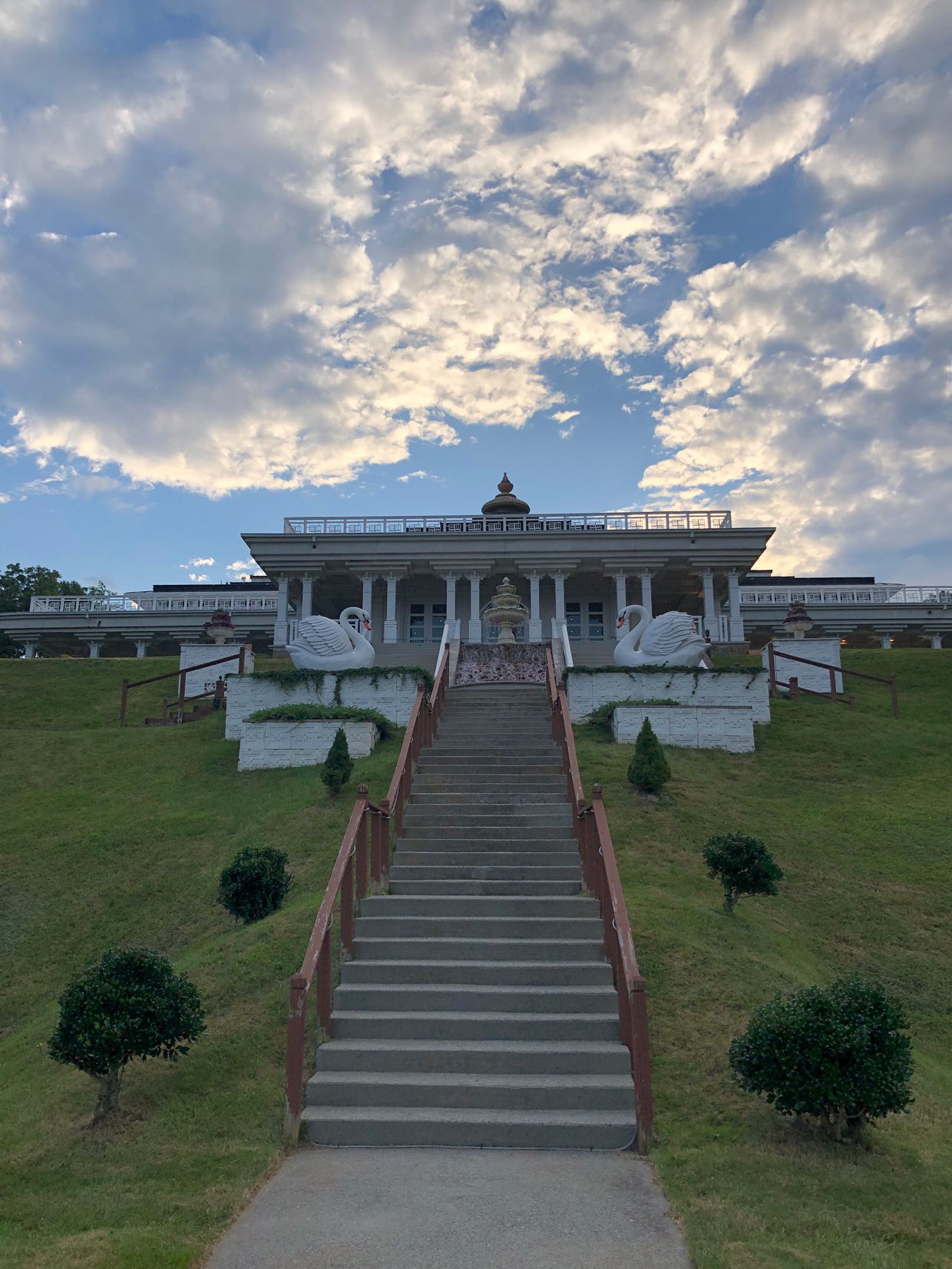
Then, as if the universe overheard my quickened pulse and decided to stage an intervention, I received an invitation to visit a place explicitly devoted to overhauling people’s bodies and minds, the ancient way: The Art of Living Retreat Center. Part wellness center, part spiritual retreat, Art of Living’s sprawling compound is situated high up in North Carolina’s the Blue Ridge Mountains, which have long since been a wellness hub. (They call them the “blue” ridge mountains, by the way, because their lush peaks are cloaked in a hazy vapor that the trees emit for sun protection, tinting them shades of cobalt, slate, and denim. From afar, they look like ocean waves.) Art of Living’s facility was — fun fact — originally built by the Maharishis in the 1980s, but was then taken over by spiritual teacher Sri Sri Ravi Shankar, who transformed it into a space for everyday folks seeking solitude and centering to experience affordable workshops in everything from meditation and yoga to pottery, philosophy, and nutrition… all through an Ayurvedic lens.
My western conditioning and skeptical nature had always made me a bit hesitant to explore Ayurveda. But, nothing humbles you like losing your emotional composure, and having failed to treat my anxiety with my go-to therapy tools, I decided to surrender and take up Art of Living’s serendipitous invitation.
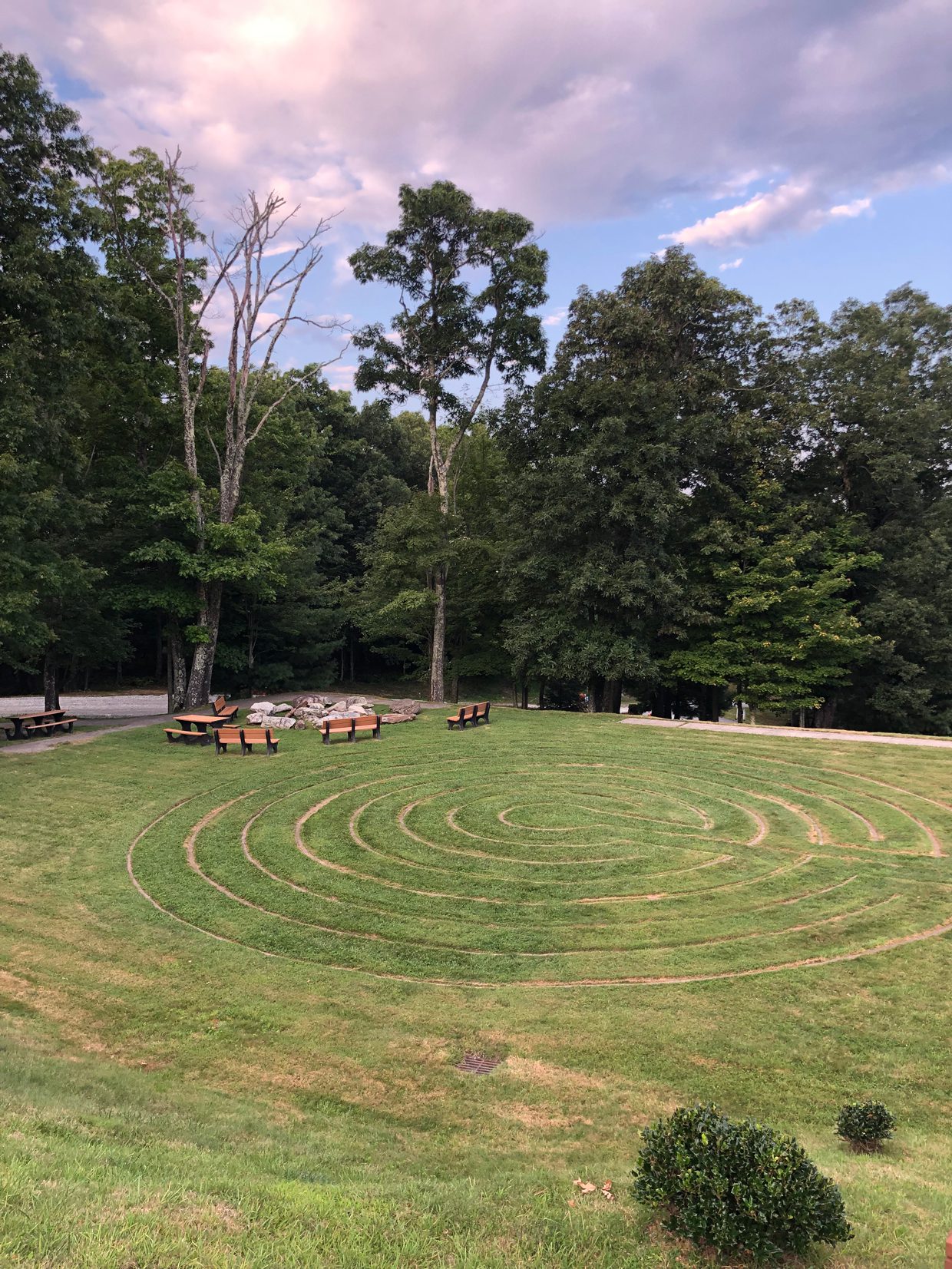
After flying across the country and taking perhaps the most scenic drive of my life up to the impressive estate, I promptly met with Art of Living’s Wellness Director, Kimberly Rossi, who gave me a crash course in Ayurveda. The purpose here, it quickly became clear, would be learning how to use Ayurveda not as an anxiety “cure” but as both a supplement and framework through which to view my physical and mental health.
“Ayurveda” is a Sanskrit word that translates to the “science of life.” It is defined by a system of ancient integrative medicine whose traditions date back over 5,000 years and focus more on the prevention of disease and suffering, rather than treatment alone. “It is one of the most comprehensive healing systems, dealing with mind, body, and spirit,” comments Preeti Syal, a registered holistic nutritionist and certified Ayurvedic lifestyle consultant based in Vancouver, Canada. But while Ayurveda is an ancient system, it doesn’t have to interfere with or take the place of modern mental healthcare, be it necessary medication or cognitive behavioral therapy. “For a proper treatment of mental disorders, you need to take an integrated approach,” Syal asserts. “In India, Ayurveda is a complete medical system but in the West, it is still beginning to become known. Follow your family physician’s advice along with following diet and lifestyle advice of an alternative healing modality.”
I didn’t realize that Ayurvedic principles could be applied to a mental health condition like anxiety at all, but according to Divya L. Selvakumar, Ph.D., a registered dietitian and nutrition professor at the University of Maryland, Ayurvedic principles promise that without health of the mind (or “manas”), no physical disease can be treated effectively. The mind, body, and soul are intrinsically linked.
At Art of Living, my slow and quiet days consisted of gentle yoga and meditation classes, nature strolls on their verdant property (including a labyrinth for walking meditation), and healthy Indian-inspired meals prepared from the property’s own fresh garden… but Rossi wanted to equip me with tools to be able to prevent and cope with my anxiety after I left, as well. This process began with determining my primary “dosha.”

In Ayurveda, there are three doshas (a word that roughly translates to “that which can cause problems”): Vata, Pitta, and Kapha. An imbalance of these doshas is said to be the cause of most unwellness. While we all hold a combination of all three doshas within them, everyone tends to have one dominant dosha. A person’s inherent ratio of one dosha to another is called their “Prakriti,” or constitution, which Syal says is responsible for a person’s fundamental body type and personality and does not change throughout their life. “Your prakriti is most easily revealed by the fixed attributes of the physical body, like facial features, frame, skin texture, temperature, weight, complexion. The general state of digestion and metabolism, and lifelong habits and disease tendency are also indicators,” explains Syal. The point of knowing your prakriti, she says, is to be “empowered with the knowledge needed to create balance in your life by establishing an appropriate life regimen through proper diet, lifestyle, use of general herbs and spices, and other safe and effective methods such as massage, aromatherapy, sound therapy, pranayama, and yoga-asanas.” At least to me, these notions seemed more than a smidge intimidating at first.

At Art of Living, after Kim Rossi and I spoke for a while about my diet, exercise, sleep, general lifestyle, and anxiety, she determined that my dosha was primarily Pitta with a good deal of Vata sprinkled in (a Pitta sun, Vata moon, if you will). “Pittas are ambitious and always operating at 110%,” she said with a knowing grin (ahem, me.) She then invited me to take this dosha quiz, which confirmed her assessment. As far as the way anxiety presents in each dosha, Rossi described that typical Vata mental imbalances include anxiety, depression, and insomnia, while Pitta imbalances may be irrationality, frustration, agitation, impatience, judgment, and overt self-criticism, which can cause shakiness, sweating, and stomach pain… and goodness did that description make me feel seen. (Typical Kapha imbalances may consist of depression, attachment, lack of motivation, and jealousy.)
My biggest fear was that I was going to be judged as a failure for not already living a flawlessly healthy lifestyle — for drinking too much coffee and not prioritizing meditation enough — and then prescribed such a ridiculously complicated new regimen that it’d set me up for failure. But to my immense relief, Rossi assured me that Ayurveda is all about realistic changes. To heal Vata’s anxiety, Rossi suggests simple things like slowing down, talking less, eating cooked grounding foods, and meditating. For Pitta anxiety (me!), she recommends choosing cooling modes of exercise, such as swimming or hatha yoga, eating cooling foods, functioning at 80% effort, and meditating. Because I often put off eating until the afternoon, causing my blood sugar to plummet, she suggested some easy grounding breakfast ideas, like avocado toast or even a handful of walnuts and dates. She encouraged trying to be in bed by ten and rising with the sun (not every day, but as many days as possible), making sure to eat three meals a day (while focusing on lunch as the main meal), moving my body in ways that pacify my Pitta constitution, giving myself daily oil massages, and prioritizing routine above all else, which she said “is absolutely necessary to bring radical change in body, mind, and consciousness,” working to ”establish balance in one’s life.”
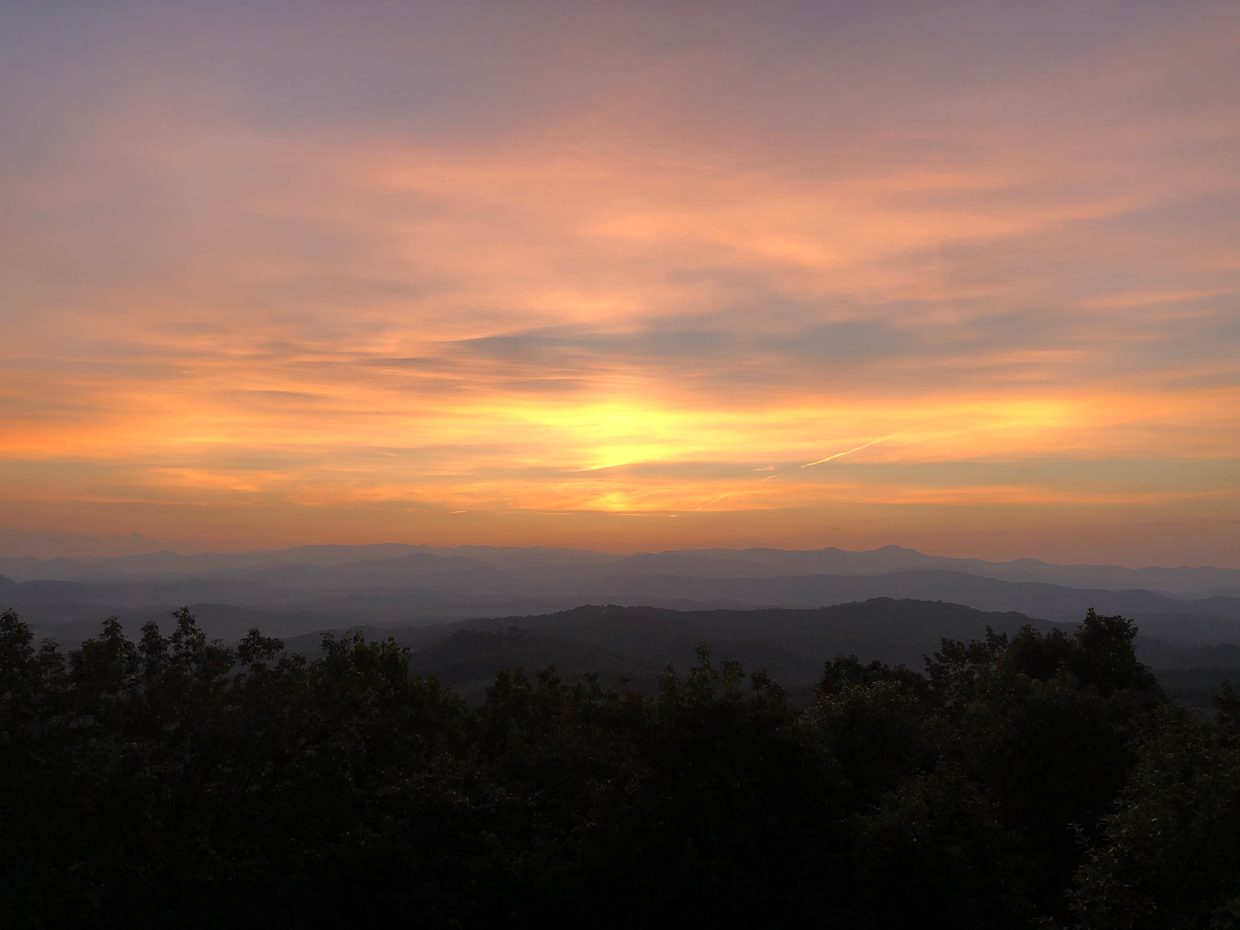
Compared to so many of the dogmatic diets, intense fitness classes, and debatably helpful anti-anxiety gadgets pushed by the western wellness market, these Ayurvedic tips not only felt manageable but also tailor-made for me — a person who, for example, doesn’t want to have a big green smoothie for breakfast every day and then jet off to SoulCycle or hot yoga. As it turns out, those things wouldn’t even be healthy for my constitution in the first place! “Each person’s mental imbalance is different, their history is different, their approach to coming into balance is different,” said Rossi, compassionately. “This is why applying Ayurveda is so powerful, because it meets the person where they are at, on their healing journey.”
After just a handful of days at Art of Living, following my new routine amidst the serene Blue Ridge Mountains, I felt like I’d achieved the anxiety reset I’d been so desperately craving. This sense of peace followed me like a halo for weeks afterward. Though I admittedly haven’t kept up with my Ayurvedic anti-anxiety routine perfectly since that time, it importantly saved me from the brink of a full-blown breakdown. And simply having learned about this mind-body system, which I can always return to, has been a tool more comforting than any weighted blanket on earth.
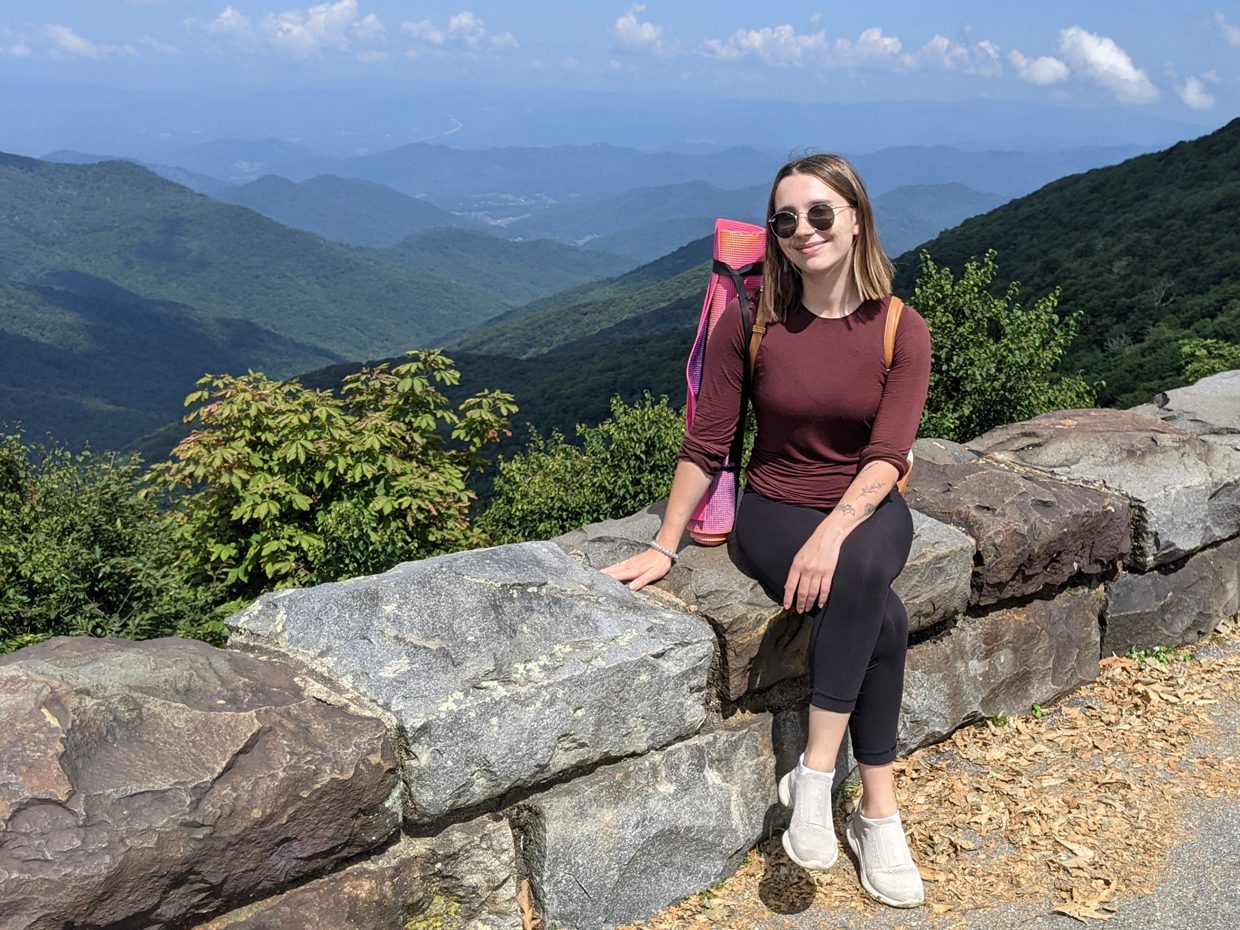
We only recommend products we have independently researched, tested, and loved. If you purchase a product found through our links, Sunday Edit may earn an affiliate commission.

